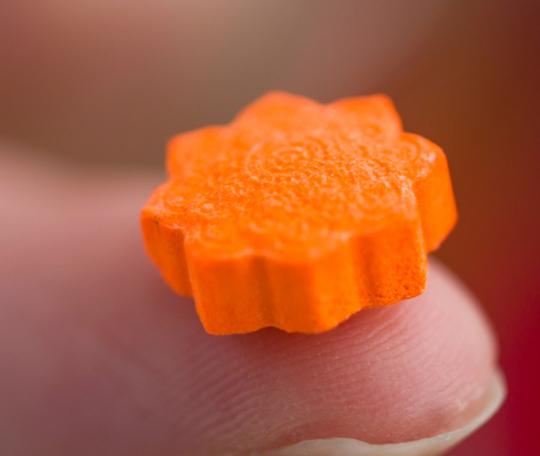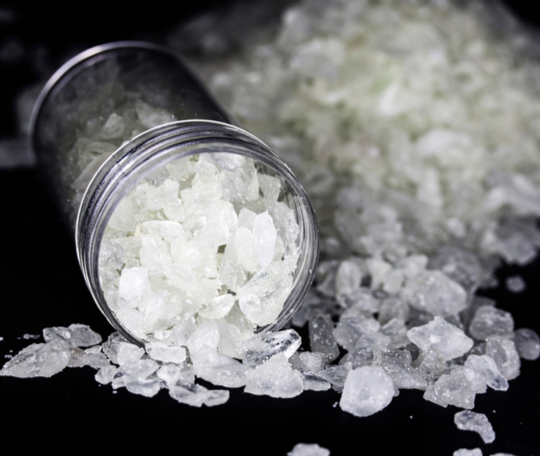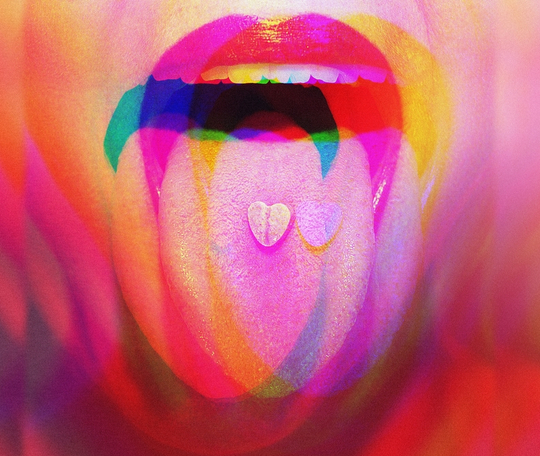PHARMACOLOGY PROFILES
MDMA
3,4-methylenedioxy-methamphatamine
C11H15NO2
Drug Classification
Phenethylamine
Common Names
Molly, Ecstasy, Adam, Mandy, Emma, E, XTC, X, Rolls, Beans, Thizz, Pressies
Precursors
Safrole, isosafrole, or piperonal are used to synthesize
3,4-methylenedioxyphenylpropan-2-one (MDP2P), also known as piperonyl methyl ketone (PMK)



Overview
MDMA is a synthetic drug that is chemically similar to both stimulants and psychedelics. It was
originally created as a life-saving blood-clotting medicine, which was first synthesized in 1912 by
Dr. Anton Köllisch for the German pharmaceutical company Merck. However, significant testing was not
done until 1927, after chemist Max Oberlin determined that it could mimic adrenaline since the two
compounds shared a similar structure. Unfortunately, testing was put on hold due to a rise in price
of chemical precursors. MDMA was not revived again until the mid-1970s, when American
psychopharmacologist Alexander “Sasha” Shulgin, who discovered nearly 250 psychedelic drugs and was
famously known as “the Godfather of Ecstasy,” synthesized MDMA and tested it on himself. Impressed
with the experience, Shulgin recommended it to therapists and psychiatrists, including
psychotherapist Dr. Leo Zeff, who introduced it to over 4,000 patients. The work of Alexander
“Sasha” Shulgin cannot be understated as he was a brilliant organic chemist and truly fearless
psychonaut who was able to theorize and synthesize these chemicals (built on the frameworks of
tryptamines and phenethylamines) and experiment with them at low doses until a perception shift was
achieved.
In the 1980s, MDMA became the popular drug of choice among alternative therapists for treating
depression. By the mid-80s, MDMA became commonly marketed and sold on the street as “ecstasy” and
was usually cut with other compounds, such as amphetamines and cocaine. This ultimately led to the
FDA declaring MDMA as a Schedule I drug in 1985. Fast-forward to the early 2000s when the
Multidisciplinary Association for Psychedelic Studies (MAPS) put on the first clinical study using
MDMA as a treatment for PTSD. Today, pure crystal MDMA (the only form that can be legally
administered) is in Phase III of clinical trials for PTSD, and has been granted breakthrough therapy
status by the FDA. Some doctors even predict that MDMA could be prescribed to patients as early as
2022.
It is highly recommended to use harm reduction practices if using this substance.
Dose and Duration
A moderate dose of MDMA will produce euphoria, increased empathy, and enhanced sensations. It can
make users feel open and connected to the world and those around them.
The general recommended dose is as follows:
- Low: 45 – 75 mg
- Medium: 75 – 140 mg
- Strong 140 – 180 mg
A heavy dose is anything above 200+ mg. It is extremely important to note that heavy doses of MDMA
are potentially life-threatening, regardless if one is a regular user.
Effects
MDMA increases three types of neurotransmitters: dopamine, norepinephrine, and serotonin. When these
three levels are increased, users will feel MDMA’s euphoric effects and can expect an increase in
heart rate and blood pressure. MDMA can also cause changes in mood, sexual arousal, and sleep
cycles.
Experience
One’s experience depends on the dosage taken. At a sub-perceptual level, there is a slight
enhancement in mood, an extended comedown, and mood disorders can be negatively affected. Taking a
moderate dose will most likely elicit strong feelings of euphoria, heightened self-esteem, increased
energy, and therapeutic introspection. Though any dosage over 120 mg is not recommended, a heavy
200+ mg dose can possibly cause hallucinations, dizziness, paranoia, and insomnia.
Other shared experiences include:
- Spontaneous Sensations
- Increased Body Temperature
- Vibrating Vision
- Enhanced Colors
- Suppressed Anxiety
- Compression of Time
- Enhanced Creativity
The effects of MDMA can last between 3 to 6 hours, with after effects lasting up to 48 hours.
Benefits
Aside from feelings of euphoria, MDMA has the potential to heal trauma, anxiety, and feelings of
disconnectedness. In a recent study by Dr. Ben Sessa, it was found that MDMA could treat acute
childhood trauma by allowing users to safely access their feelings. It has also known to foster a
greater sense of connection and empathy.
MAPS is one of the leading organizations studying the therapeutic benefits of MDMA. As of 2021, they
have studied MDMA-assisted therapy for post-traumatic stress disorder (PTSD), eating disorders,
social anxiety in autistic adults, and end-of-life anxiety. Once MAPS is able to move past staged
clinical trials, they will have much more flexibility in the parameters of their studies which will
lead to less restricted and more inclusive research.
Risks
MDMA overdoses can absolutely be fatal. This is why it is imperative to assure that the right dose is
administered. Also, comedowns from MDMA can be unpleasant and may cause feelings of depression and
fatigue. Though studies show that pure MDMA itself is not addictive, some users may become addicted
to impure “street” forms of MDMA that are cut with other drugs, such as speed or cocaine.